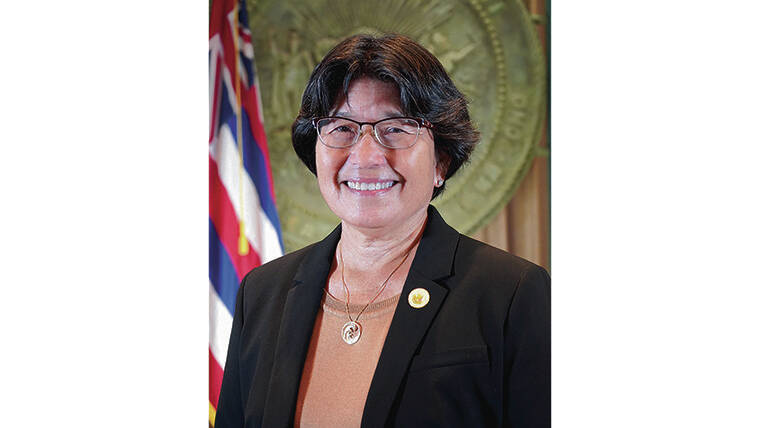Many aspects of the Red Hill environmental disaster are without precedent. It is unprecedented in U.S. history for a drinking water system to be contaminated with jet fuel. It is unprecedented for the state of Hawaii to enforce an emergency order to protect our natural resources by shutting down a major fuel facility at the heart of the contamination.
Yet there is one aspect of Red Hill that does have a precedent — one that provides painfully important lessons that we would be wise to heed. That precedent is Kahoolawe.
The smallest of Hawaii’s eight main islands, Kahoolawe once served as a place for Native Hawaiian religious and cultural ceremonies, celestial navigation training and fishing. Beginning in the late 18th century, Kahoolawe’s natural environment experienced a succession of assaults, first with the introduction of goats and later domesticated livestock that consumed the local plants and led to large-scale soil erosion. Invasive plant species accelerated the decline of the island’s ecosystem. And finally, during World War II, the federal government took over Kahoolawe, designating it a test site for an arsenal of bombs and other weapons.
This continued long after the war ended. In 1953, President Dwight Eisenhower issued an executive order placing the island under the jurisdiction of the secretary of the Navy, whereupon this sacred land was blasted repeatedly to the point where its freshwater aquifer was destroyed. Beginning in 1976, local people began to occupy Kahoolawe in protest of the carelessness with which it was being treated. Those protesters’ actions were part of what inspired me to pursue a career in environmental law and use my energies to protect our natural resources for future generations.
It wasn’t until 1990, in response to impassioned local protests echoed today by those surrounding the Red Hill disaster, that President George H.W. Bush ordered the secretary of Defense to discontinue the use of Kahoolawe as a weapons range. Three years later, Congress voted to discontinue military use of the island, transfer responsibility back to the state of Hawaii, and provide for the clearance or removal of unexploded ordnance and the environmental restoration of the island.
I was a part of the legal team that negotiated the agreement to begin the cleanup of Kahoolawe, and I find our efforts surrounding Red Hill reminiscent of that earlier work. This time, I know what to expect and am approaching this issue with vigilance.
The Hawaii Department of Health (DOH) Emergency Order issued on May 6 required the Navy to present a plan for defueling by June 30 and a plan for permanent closure by Nov. 1. DOH received a submission from the Navy on June 30 — but it was lacking key details that we need to evaluate whether defueling can be conducted quickly and safely. The plan will be disapproved because it lacks the detail that is needed to defuel in a way that protects Hawaii’s people and environment.
The Navy’s submission stated that defueling will not even begin until May 2024. That’s almost two years from now. The people of Hawaii need the Navy to feel the same sense of urgency we do.
My work on Kahoolawe taught me that my team and I must be diligent, meticulous and relentless in our commitment to protect our wai. As long as I am serving as deputy director of environmental health, I will hold the Navy accountable to honor its commitments and abide by the laws of the state of Hawaii.
Kathleen Ho is a deputy director of Hawaii’s Department of Health.

